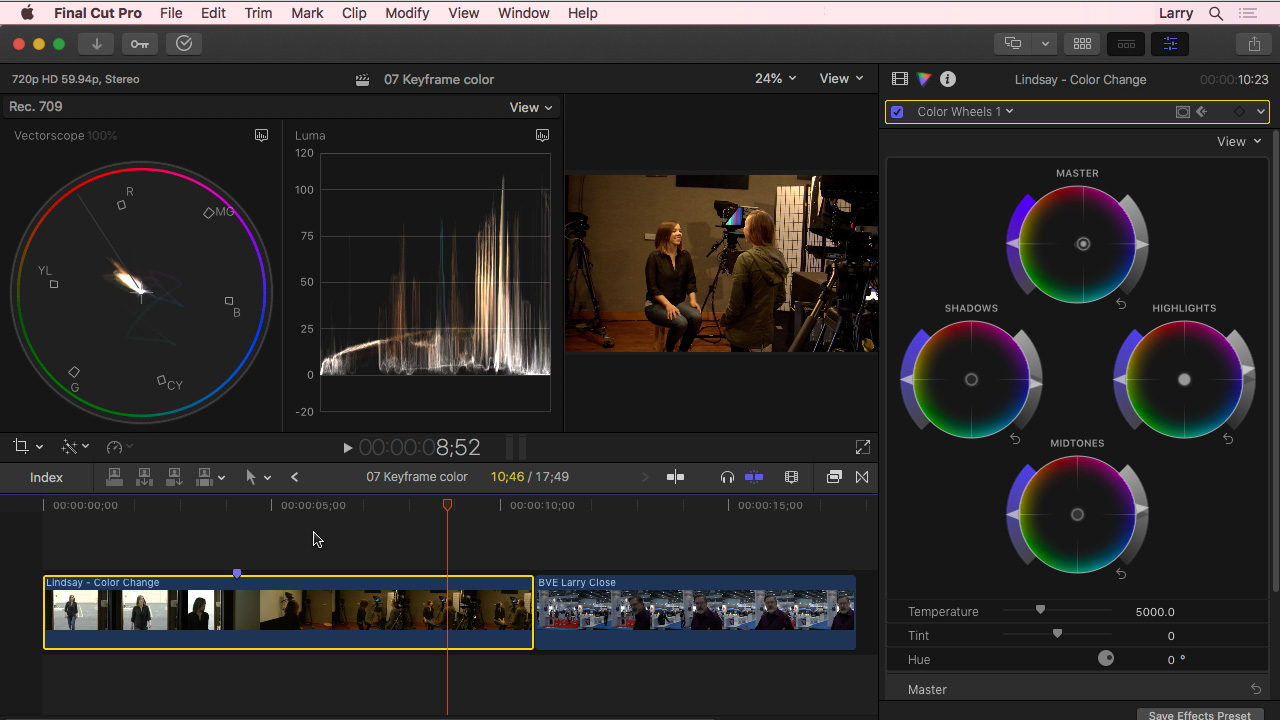

Select the clip → open Effects Browser → select and drag the Color Board effect to your clip. However, when starting off with color, I suggest you simply play around with Final Cut’s own Color Board, which is a powerful grading tool in its own right.ĭrag a clip into your FCPX project. There are great color grading plugins for FCPX, such as Color Finale and Film Convert (my personal favorites). For instance, a shot of the sky makes the clouds become highlights. If an image is overexposed, it means there are too many highlights, and the brightest areas lack detail and dynamic.

Highlights are the lightest and often the brightest areas of an image, and therefore are the parts that have the most amount of light hitting it.
BEST FINAL CUT PRO X PLUGINS COLOR GRADE SKIN
When dealing with humans, mid tones are crucial for balancing skin color. You want a good presence of mid-tone in a balanced image, but you don’t want everything to be ‘gray’ or flat. In a color image, any colors that aren’t too dark or too light will be found in the mid-tones. For example, in a black and white image, the mid-tones would be many shades of gray. Mid-tones represent the middle color values of an image. If an image is underexposed, the darkest areas lack detail and dynamic. For example, in a black and white image, shadows would have shades leaning towards black. Shadows are the darkest areas of an image. Let’s quickly familiarize ourselves with these essential terms: What Are Shadows, Mid-Tones, and Highlights? However, by properly reading scopes, we are minimizing the chance of mistaking our intended color values for the end product, as well as avoiding perceptive coloring mistakes. Every person will be in a different viewing room with different conditions under which they will experience your project. Hence, what we see with our eyes may not necessarily reflect reality.Įven after putting the time into grading footage, there’s no guarantee the project’s true colors will be presented on the clients’ end. Even though the brain compensates for the effect of lighting (based on the color shift of surrounding objects), a white page under blue, pink or purple light reflects mostly blue, pink, or purple light to the eye, respectively. color grading by the colors seen on screen is due to numerous factors affecting the perception of color: your monitor’s calibration, brightness of the screen, ambient room lighting (incandescent, halogen, tungsten, or LED lights) as well as the color and brightness of your room’s walls (brighter surrounding bounces light compared to darker surrounding absorbing light). For this article, let’s choose a 2-up layout, where we see a Waveform and a Vectorscope. To open these scopes in FCPX, click the gear icon at the top right corner ( Command+7 ), and then select the view button (located above the gear icon) to choose how you want the scopes to be displayed.

Since what our eyes see is often subjective, scopes help us to make objective decisions when adjusting light and color in our images. Scopes are visual representations of the numerical values that represent a digitally captured image or video clip.
BEST FINAL CUT PRO X PLUGINS COLOR GRADE PROFESSIONAL
Although your monitor may not be color-calibrated to fit professional standards, the ability to read scopes will guarantee your image’s improvement. FCPX may not have DaVinci Resolve’s powerful node-based system, but FCPX is still a powerful tool for color grading. Of course, the more professional the software, the more granular and precise the tools for color manipulation become. While this article is primarily designed for FCPX users, the general concepts of reading color information from scopes will apply to anyone who works with color, regardless of whether you’re using DaVinci, Lumetri, or simply manipulating your vacation photos in iPhoto. Trying to color your film without the proper use of scopes is like trying to fly a plane without radar (or mix sound without meters)! However, many editors go into the coloring process ‘blind’ for all intensive purposes. Color correction grading your image allows you to establish a certain emotional connection with the audience, affecting the mood and feel of the piece. When nearing the end of post-production on your project, one of the final stages is the color grade.


 0 kommentar(er)
0 kommentar(er)
